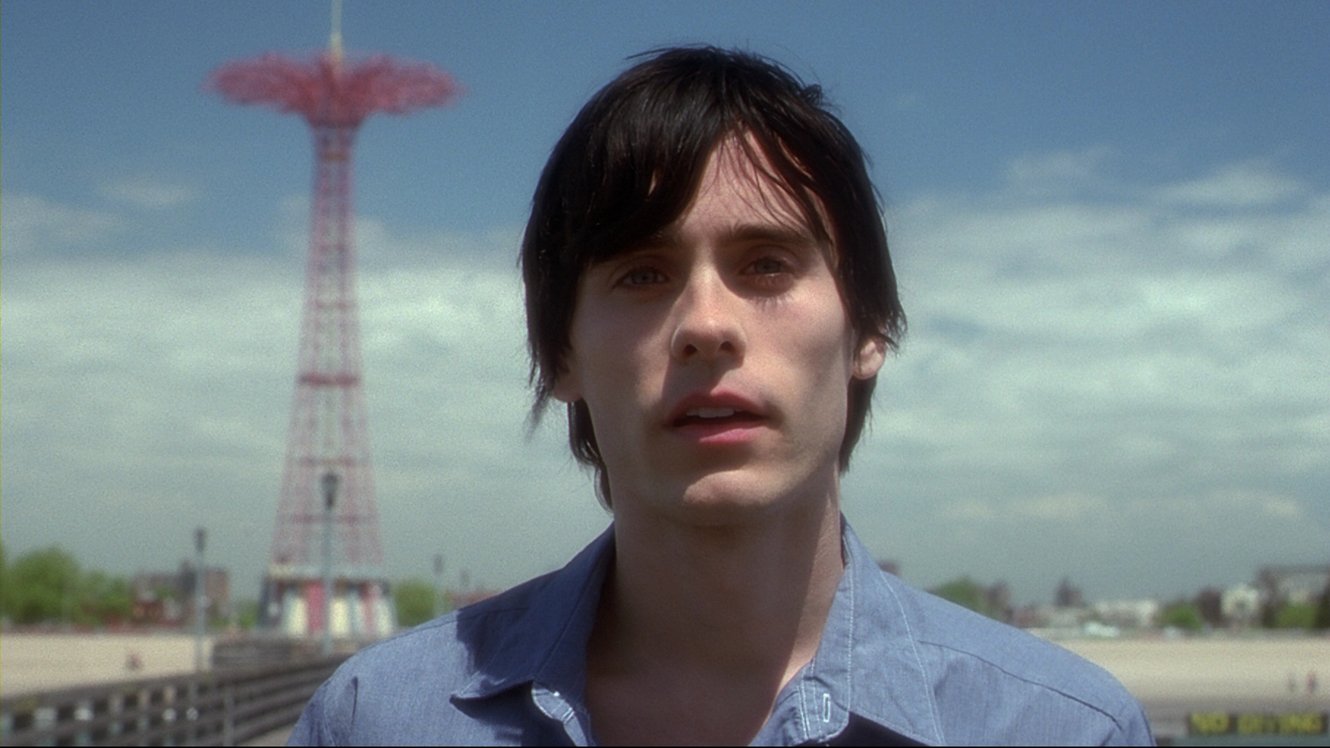
Some movies affect us more than others. Some movies we forget about as soon as they finish, some we may remember for the rest of our lives. And some movies haunt us even in our dreams. Often this is due to the subject matter, other times a specific scene, and sometimes simply the nightmarish atmosphere. Though fear is often what haunts us, love can haunt us even more. So can visceral disgust, or terrible grief. Perhaps regret haunts us most of all.
In an effort to touch on various genres and styles, here are 25 films that will haunt you long after the credits roll.
25. Chinatown (1974), directed by Roman Polanski
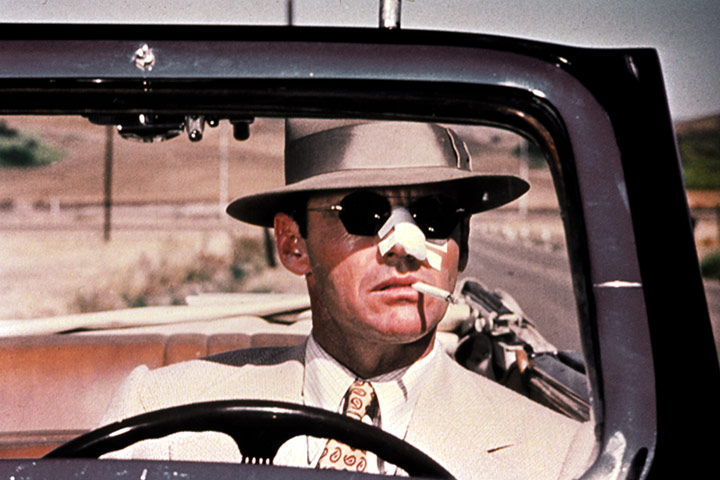
In 1974 director Roman Polanski and screenwriter Robert Towne turned noir on its head, thereby reinventing the genre and ushering in a neo-noir fascination that continues today. Towne’s screenplay is frequently described as one of the greatest ever written, in part due to its tragic climax that paved the way for downbeat endings in crime and popular cinema.
Towne’s script hit on all the conventions of noir but spun them in new directions: protagonist Jake Gittes (Jack Nicholson) is a P.I. investigating a cover-up—but his involvement makes everything worse; the setting is Los Angeles—but it’s so sunny it hurts; the introduction of Faye Dunaway’s character Evelyn sets her up as femme fatale—but she proves to be the only character acting selflessly.
But Chinatown’s most important element is the haunting final scene which broke the “justice served” honored convention of the genre and could only have been written in an America that saw the civil rights movement, Watergate scandal, and Vietnam War, allowing the public to realize that in their beloved country the rich and powerful commit terrible crimes—and they get away with them. The look on Gittes’ face when this truth hits is “haunting” personified.
24. Boys Don’t Cry (1999), directed by Kimberly Peirce
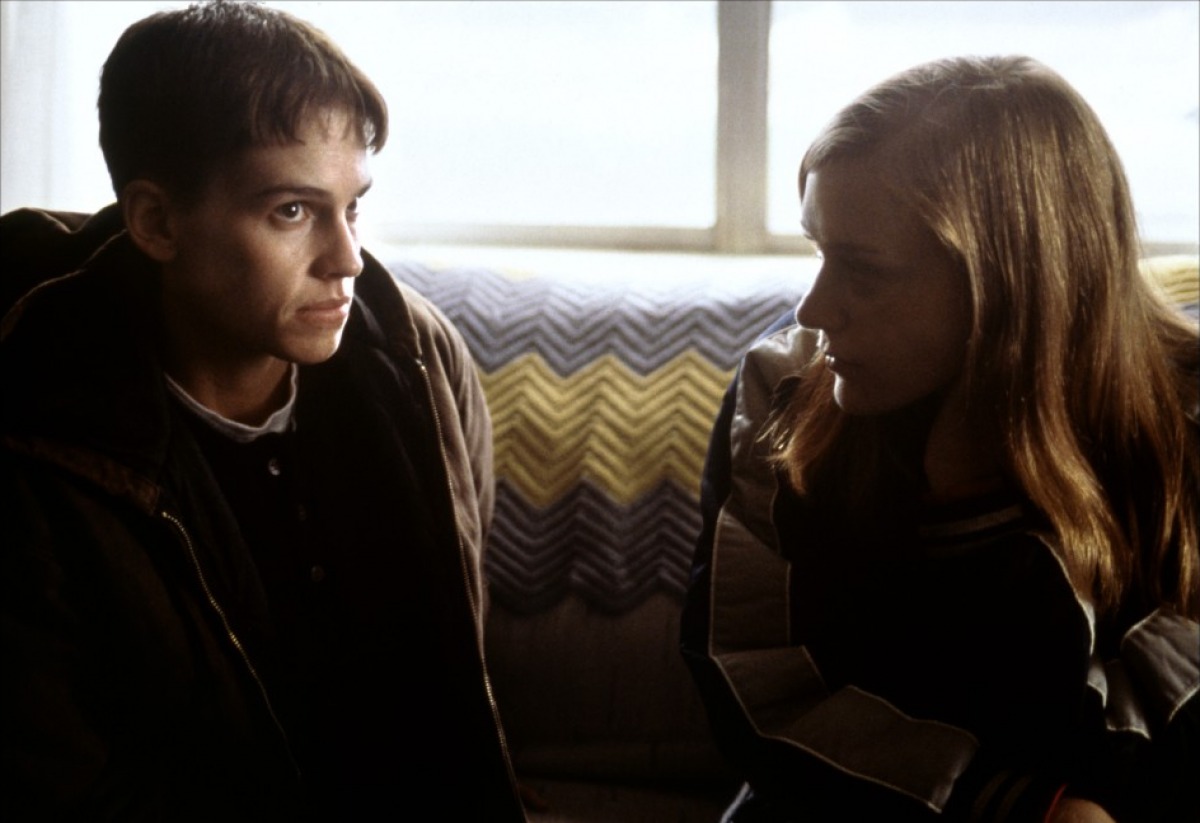
The most refreshing aspect of the way Boys Don’t Cry, released in 1999, treats its protagonist, a young woman who thinks of herself as a man, is the distinct lack of P.C. culture’s myriad terms to describe a person’s sexual identity as if it matters. Because it doesn’t matter; whatever protagonist Brandon Teena (based on the real-life Teena whose story this film depicts, played breathtakingly by Hilary Swank) identifies as is beside the point. This is a film about tragic love and the violence of male fragility.
Because Boys Don’t Cry is based on real events, we know the outcome, and the film pushes toward its tragic climax with the assuredness of an excellent screenplay directed well. Brandon and new lover Lana find comfort and happiness in each other, doing nobody any harm and adding a little joy to the world while they’re at it. But some men insecure in their perceptions of themselves cannot abide anything that makes them look inward, and Brandon pays the ultimate price for their weakness. Boys Don’t Cry is haunting because the commonplace tragedy of it really happened, has happened since, and will happen again.
23. The Imposter (2012), directed by Bart Layton
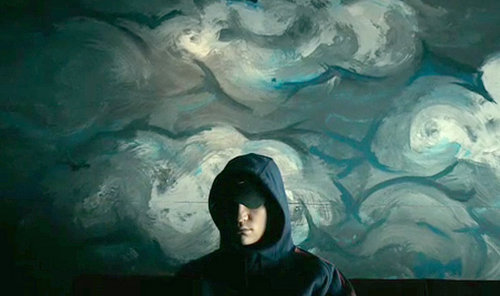
Bart Layton’s The Imposter is possibly the greatest, and most self-aware, example of the power documentaries wield in manipulating their audiences. The film is so twisty and intriguing it could almost be mistaken for an M. Night Shyamalan flick. It concerns how 23-year-old, black-haired, brown-eyed, French-Algerian con artist Frédéric Bourdin pretended to be 16-year-old, blond-haired, blue-eyed, American schoolboy Nicholas Barclay who had gone missing three years earlier at the age of 13—and how Barclay’s family believed Bourdin, welcoming him home as their Nicholas.
If this sounds stranger than fiction, it’s because it is. But The Imposter takes a frightening turn when the slow realization hits that there may be a more sinister reason a family would so readily ignore the discrepancies between this new Nicholas and the old. The final shot of the documentary strips away the thrills and reminds us of its fundamental truth: that Nicholas is still missing, and he may never be found. It’s a shot that haunts long after the screen fades to black.
22. 8MM (1999), directed by Joel Schumacher
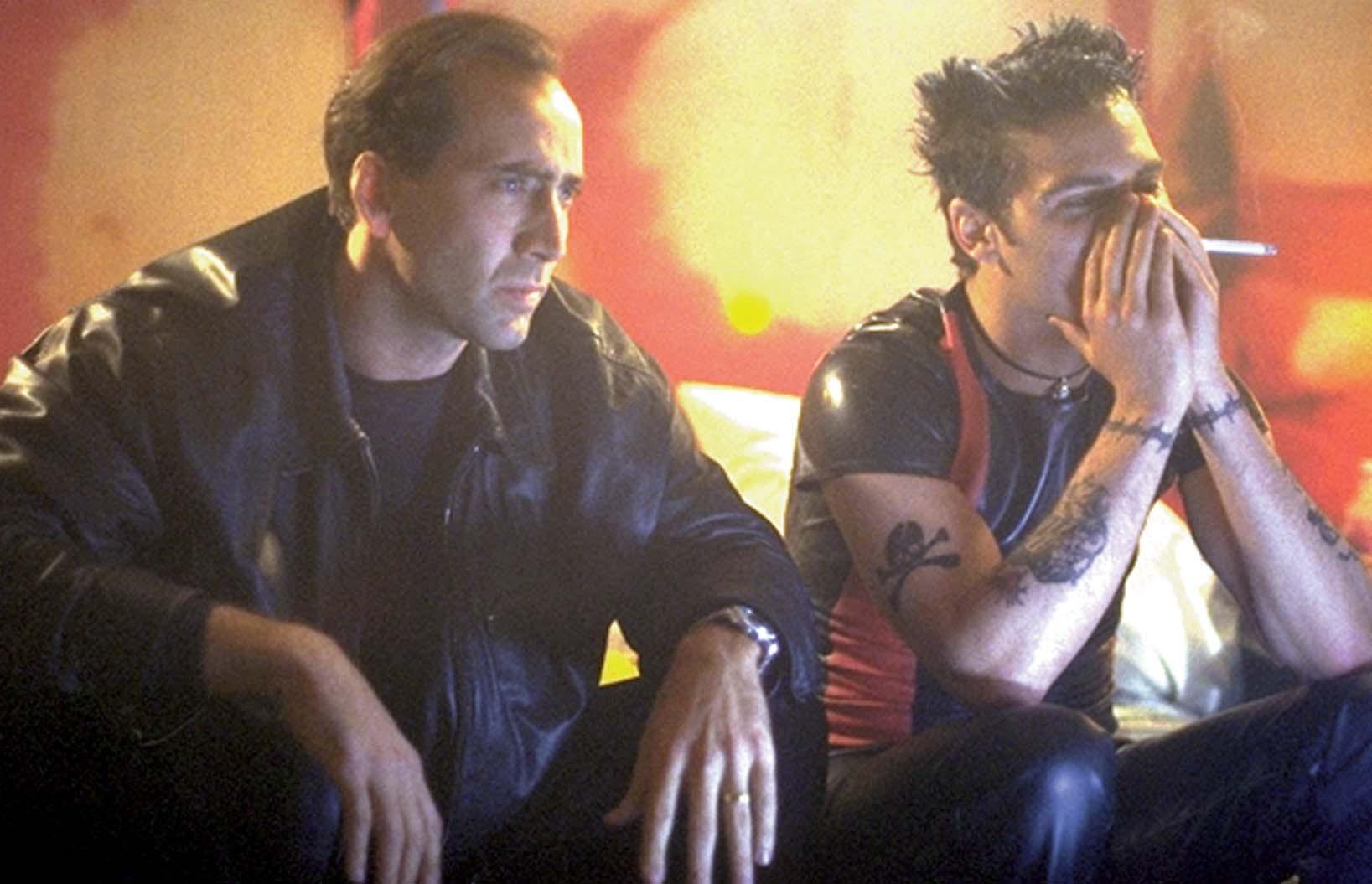
Nicolas Cage, a torture-porn tape that might be real snuff, a screenplay by the writer of Se7en, Joaquin Phoenix in a supporting role as sex shop employee Max California, and cameos by James Gandolfini and Peter Stormare. What’s not to love?
Except that this 1999 thriller is dark. Screenwriter Andrew Kevin Walker had already shocked the world four years earlier with his relentlessly bleak detective-cum-horror story Se7en. Somehow, Walker went even darker with 8MM, in which P.I. Nicolas Cage is hired by a rich old lady to find out if a porno tape she found in her recently deceased husband’s safe depicting the horrific murder of a young woman is in fact a snuff film or a very convincing fake.
Save for a select few, Roger Ebert among them, critics tore 8MM apart. Released at the turn of the millennium when the internet was new to the general population and the many horrors it contained all too easily stumbled upon, pornography and the dangers of the internet weighed heavy on the public’s mind. The world was simply not ready for a film like this. The most haunting moment? At the end when Cage screams “Why?” at the snuff film’s executioner, who responds, “Because I like to. Because I want to.”
21. 28 Days Later (2002), directed by Danny Boyle
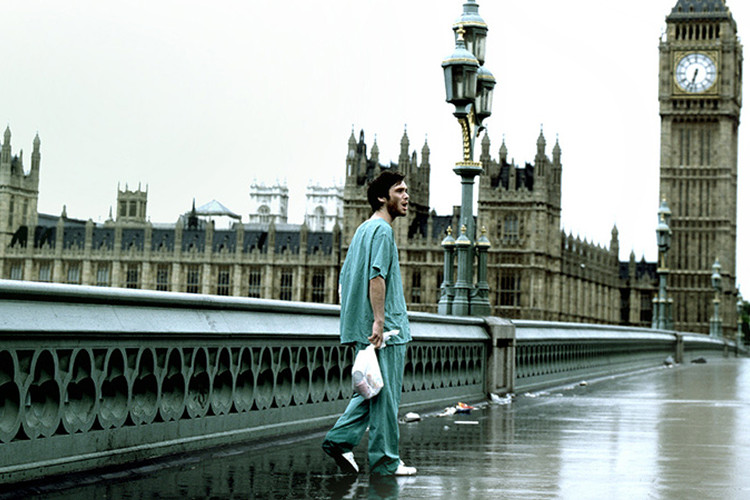
Is there anything more terrifying to modern society than the prospect of civilization’s total collapse? What if most people in the post-apocalyptic new world have become infected with pure rage, hellbent on murdering with their bare hands anyone not yet tainted with the disease? Such is the world Danny Boyle launches us into in his masterpiece of horror, 28 Days Later.
The most haunting moment of the film occurs right at the beginning when protagonist Jim (Cillian Murphy) wakes up alone in hospital following a coma to then wander a London City totally abandoned of its inhabitants, a London so still and silent Jim must surely wonder if he’s awoken at all or is trapped inside a dream—or in this case, a nightmare.
20. I Saw the Devil (2010), directed by Jee-woon Kim
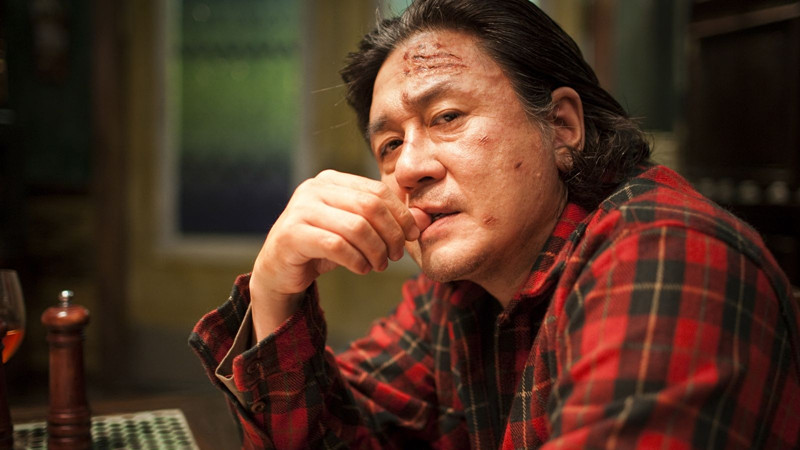
Few filmmakers can do “haunting” quite like the masters of South Korean cinema, such as filmmaker Jee-woon Kim. Already a successful auteur on the world stage, Kim’s A Tale of Two Sisters (2003), a modern reimagining of an old Korean folk tale, established Kim as a powerful voice in horror cinema. Then, seven years later, Kim’s I Saw the Devil arrived, a movie about the evils of revenge so unflinching in its depictions of violence, so relentlessly brutal yet visually stunning and elegiac, that it defies easy categorization. South Korea is renowned for its revenge thrillers (such as Chan-wook Park’s Vengeance Trilogy), but with I Saw the Devil Kim managed to breathe fresh life into the genre by fusing it with that of the slasher to create something new.
As for the film’s ability to haunt the viewer—virtually every scene in this twisted tale of grief and blood will linger long after the credits roll, but the most haunting element is the crazed journey into the darkness of the human soul the film takes viewers on as the “hero” protagonist becomes increasingly sadistic in his pursuit of revenge against the man who raped and murdered his wife (most of which we see onscreen at the beginning). Yeah, this probably isn’t one to watch on a first date.
19. The Act of Killing (2012), directed by Joshua Oppenheimer
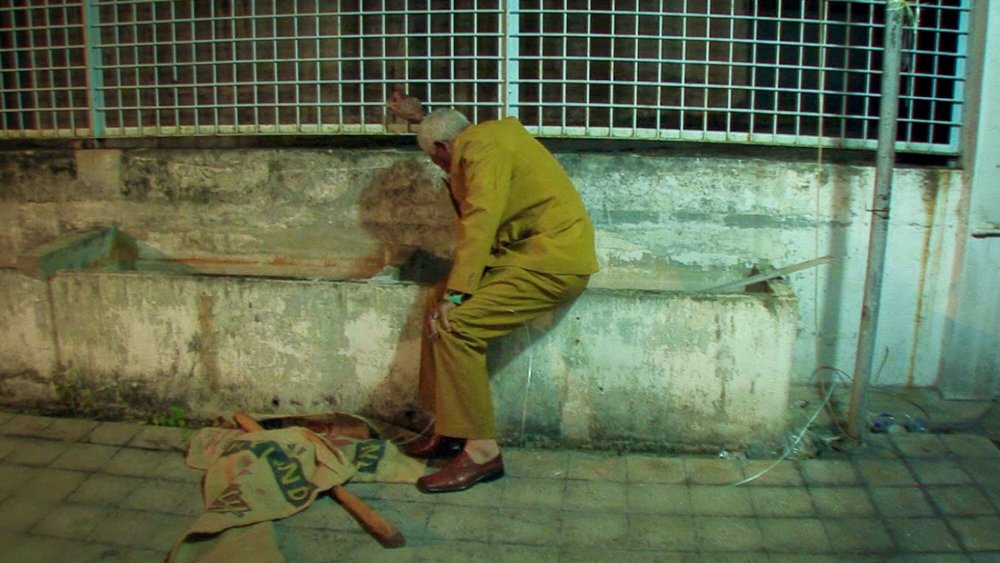
In 1965, General Suharto of Indonesia’s military executed up to one million people suspected of being communists in one of the worst genocides of the 20th century. Suharto, who ruled the country as dictator for 32 years until his death in 2008, and the generals and soldiers who perpetrated the mass murders never had to answer for them. In fact, they were celebrated as heroes in the narrative that dominated the country.
In 2012, filmmaker Joshua Oppenheimer came up with an ingenious and bizarre concept: With no way to document survivors’ stories safely and document the truth of the communist purge without the tyrannical government harming the survivors in retaliation, Oppenheimer instead turned his sights onto the perpetrators, offering many of them eager to brag about their roles in the purge the opportunity to recreate their killings through dramatic reenactments of their own devising in which the perpetrators would act not only as themselves but also as the people they had tortured and killed. The resulting B-movie spectacles of varying degrees of outlandishness and divorce from reality are metaphor for the Indonesia’s national denial of the purge and the denial by the perpetrators of the purge as a crime.
This denial is perhaps most chillingly expressed in a scene when a man named Anwar Congo, wearing a colorful Hawaiian shirt, demonstrates in vivid detail how he strangled his victims with wire because when he beat them to death “there was too much blood” before dancing the cha-cha in the same spot he’d committed mass murder in all those years before.
18. The Wrestler (2008), directed by Darren Aronofsky
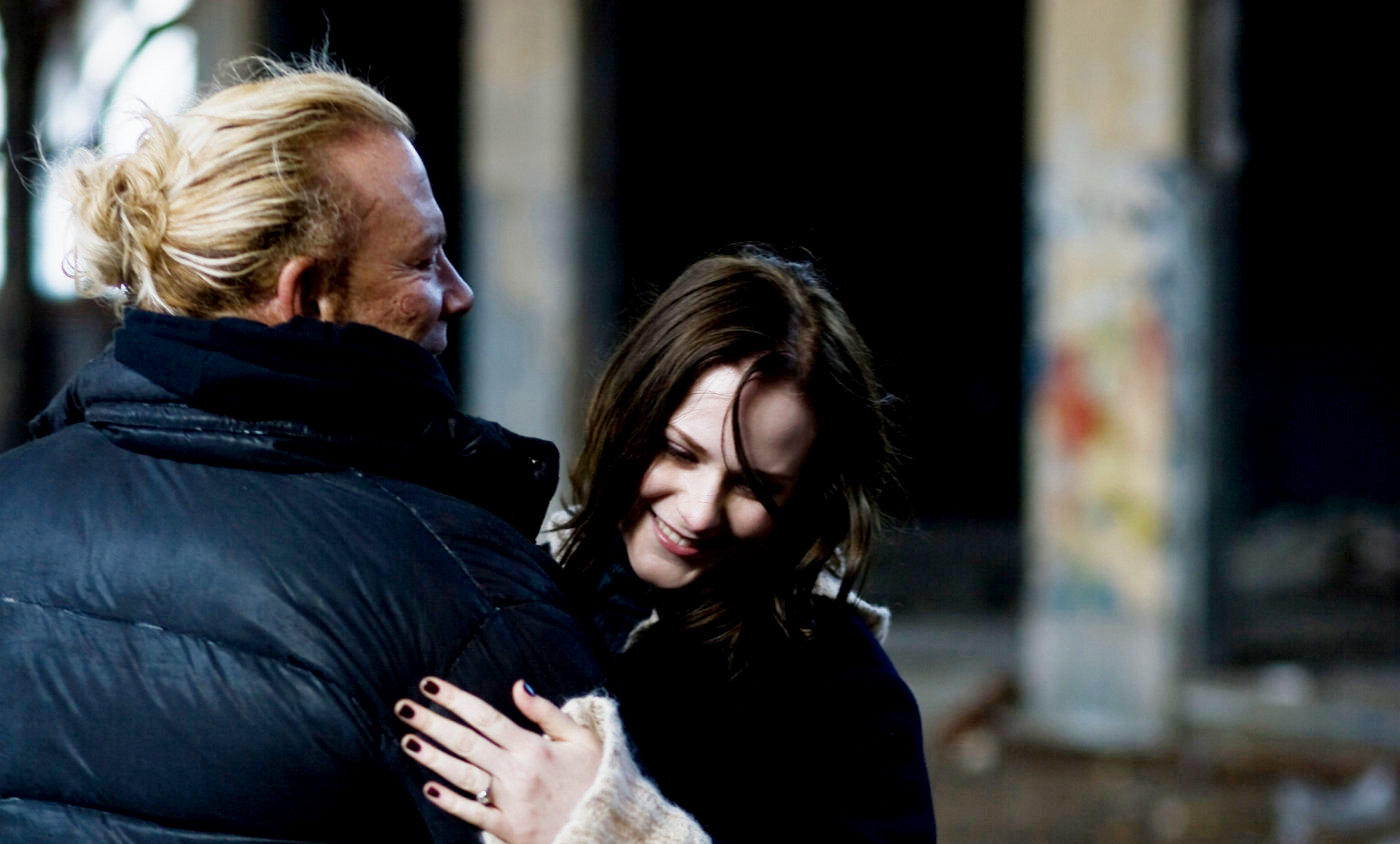
Darren Aronofsky knows how to make his audience feel, and none of his movies better illustrates this than The Wrestler. Mickey Rourke gives the performance of a lifetime as aging professional wrestler Randy “The Ram” Robinson, a man, like Rourke, past his prime and fallen from stardom with damaged relationships and burned bridges behind him. Randy is a lonely man and a man alone, who has only his wrestling and, despite his doctor’s advice that with his heart problems the wrestling may kill him, Randy will not give up the only thing he has left.
The Wrestler is haunting because, when we’re in our good times, we never conceive that these times will come to an end. And when they do, any one of us could become as alienated and filled with regret as Randy, desperate for just one more moment of glory to make life worth living.